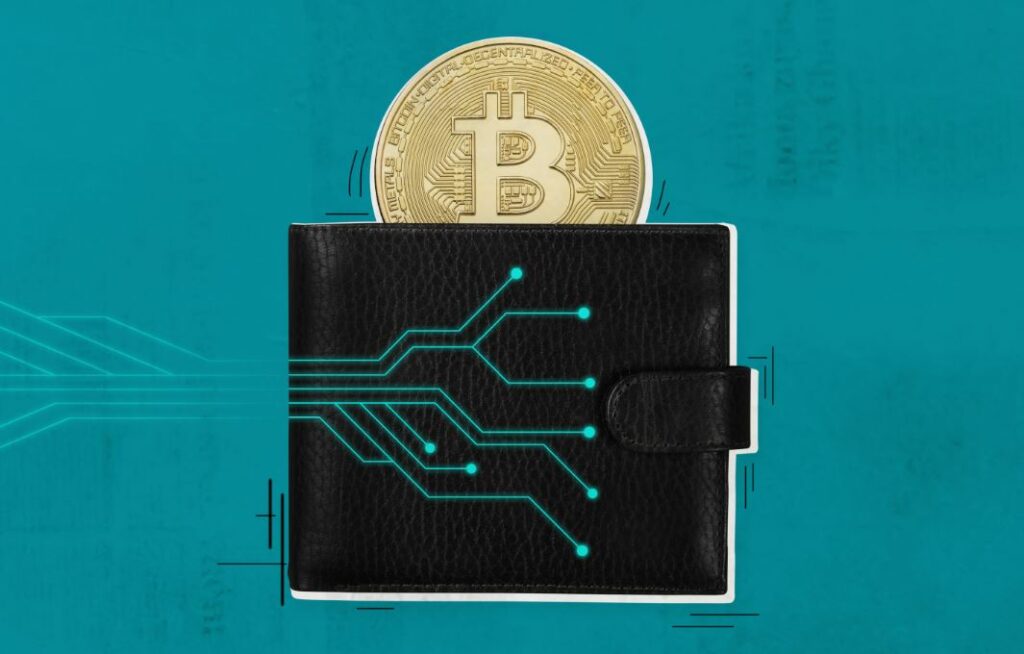
As a trailblazer within the realm of cryptocurrency, Bitcoin has achieved unparalleled triumph not solely due to its capacity to reshape worldwide financial frameworks, but also due to the formidable cryptographic safeguards that form the foundation of its functionality.
Within this thorough examination, we navigate the intricate cryptographic intricacies that fortify Bitcoin, thus positioning it as a vanguard in the sphere of digital transactions.
Also learn about how AION is pioneering interoperability in the world of blockchain.
Understanding Cryptographic Foundations
Cryptography: The Guardian of Digital Transactions
At the heart of Bitcoin’s security lies cryptography – a complex art that transforms sensitive data into a code that’s nearly impossible to crack.
This cryptographic marvel is what ensures the confidentiality and integrity of transactions within the Bitcoin network.
Through a combination of asymmetric encryption and digital signatures, Bitcoin transactions are securely recorded on the blockchain, a decentralized and tamper-resistant public ledger.
Asymmetric Encryption: Lock and Key
Imagine sending a secure message to a friend. In the digital realm, this is achieved through asymmetric encryption, a vital component of Bitcoin’s security framework. Here, a pair of keys is used: a public key to encrypt the message and a private key to decrypt it.
This method ensures that only the intended recipient, armed with the private key, can access the decrypted information. It’s this principle that enables secure peer-to-peer transactions within the Bitcoin network.
The Blockchain: A Chain of Digital Trust
Decentralization: The Power of Many
Centralized systems are vulnerable to attacks and manipulation. Bitcoin addresses this concern through decentralization.
The blockchain, a series of interconnected blocks containing transaction data, is maintained by a distributed network of nodes. This means that no single entity has absolute control, making it exceedingly difficult for malicious actors to compromise the system’s integrity.
Immutability: Once Written, Never Forgotten
Each block in the Bitcoin blockchain contains a cryptographic hash of the previous block, creating an irreversible link.
This cryptographic interlinking, along with the decentralized nature of the network, ensures that once a transaction is recorded, it becomes virtually impossible to alter. This immutability is a cornerstone of Bitcoin’s security, fostering trust and reliability.
Proof of Work: Fortifying Security
Mining: More Than Just Gold
In the world of Bitcoin, mining is not about extracting precious metals from the ground; rather, it’s the process by which new Bitcoins are created and transactions are verified.
Miners compete to solve complex mathematical puzzles, with the first to solve the puzzle earning the right to validate transactions and add a new block to the blockchain.
This Proof of Work (PoW) consensus mechanism not only maintains the integrity of the network but also deters malicious actors due to its computational intensity.
51% Attack: The Unattainable Majority
Bitcoin’s security is also fortified by 51% attack prevention. For an attack to be successful, a malicious actor would need to control over 50% of the network’s computational power, an almost insurmountable feat given the vastness of the Bitcoin network.
This safeguard ensures that the majority of participants within the network remain honest, making the network’s security robust and resilient.
Securing Your Wallet: Beyond the Basics
Private Keys: Your Digital Identity
In the realm of Bitcoin, possession of the private key is tantamount to owning the assets. It’s the private key that grants access to the funds associated with a Bitcoin address.
However, this great power also comes with great responsibility – if the private key is lost or compromised, the associated funds are irretrievably lost. As such, safeguarding private keys is of utmost importance for every Bitcoin user.
Multi-Signature Wallets: Strengthening Security
Multi-signature (multisig) wallets add an extra layer of security to Bitcoin transactions. Unlike traditional wallets that require a single signature to authorize a transaction, multisig wallets necessitate multiple signatures, often from different individuals, to complete a transaction.
This feature is particularly appealing for businesses and high-net-worth individuals who seek enhanced security for their Bitcoin holdings.
The Future of Bitcoin Security
As Bitcoin continues to captivate the world, its security measures must evolve to stay ahead of potential threats.
The community is constantly exploring new avenues to enhance security without compromising the decentralization and user-friendly nature of the network. From innovations in consensus mechanisms to advanced cryptographic techniques, the quest for a more secure Bitcoin ecosystem is an ongoing endeavor.
Conclusion
In conclusion, Bitcoin’s rise to prominence isn’t solely due to its financial potential; it’s also a testament to the intricate cryptographic security that underpins its operations.
Through the fusion of asymmetric encryption, decentralized blockchain, Proof of Work consensus, and innovative security practices, Bitcoin has paved the way for secure and transparent digital transactions.
As the landscape of digital finance continues to evolve, the dance between cryptographic security and technological innovation will undoubtedly shape the future of Bitcoin and beyond.
The world watches with bated breath as the dance of entropy and security unfolds on the stage of digital revolution.








